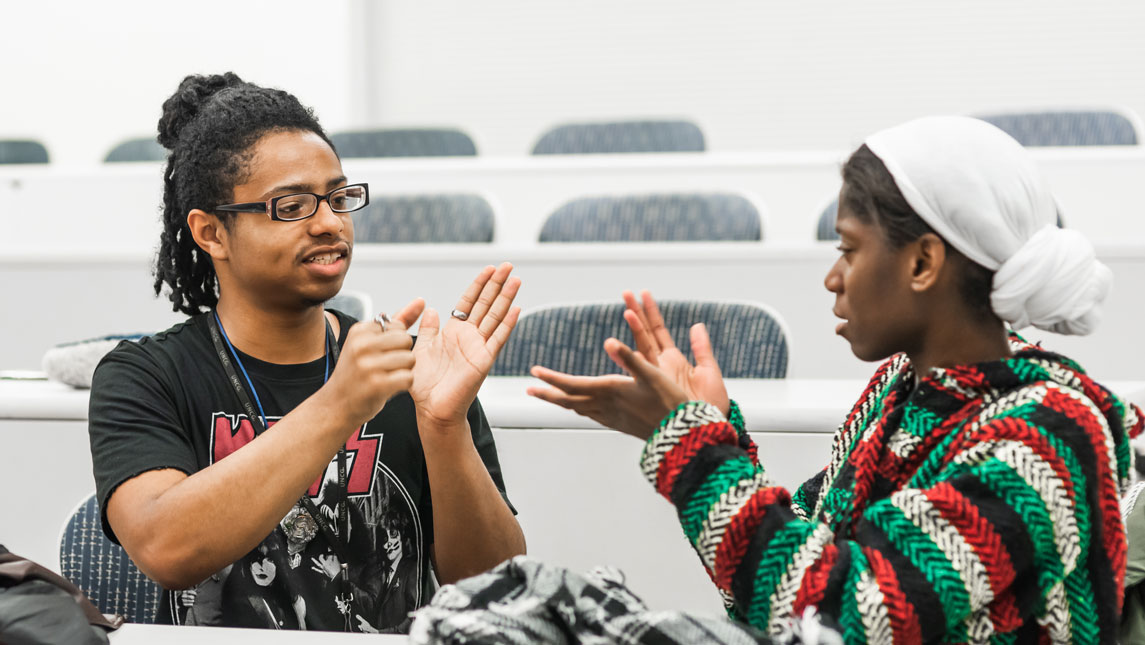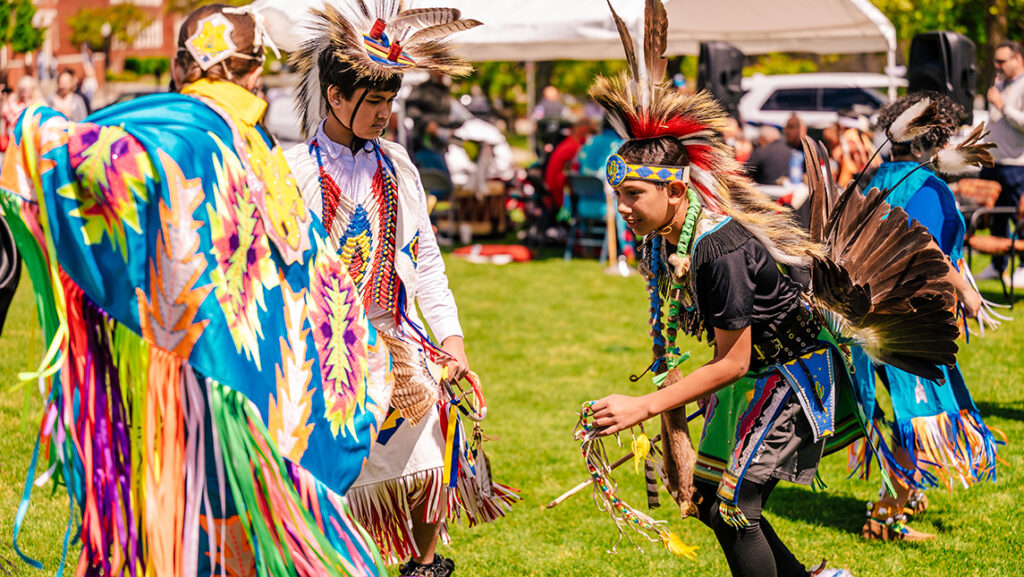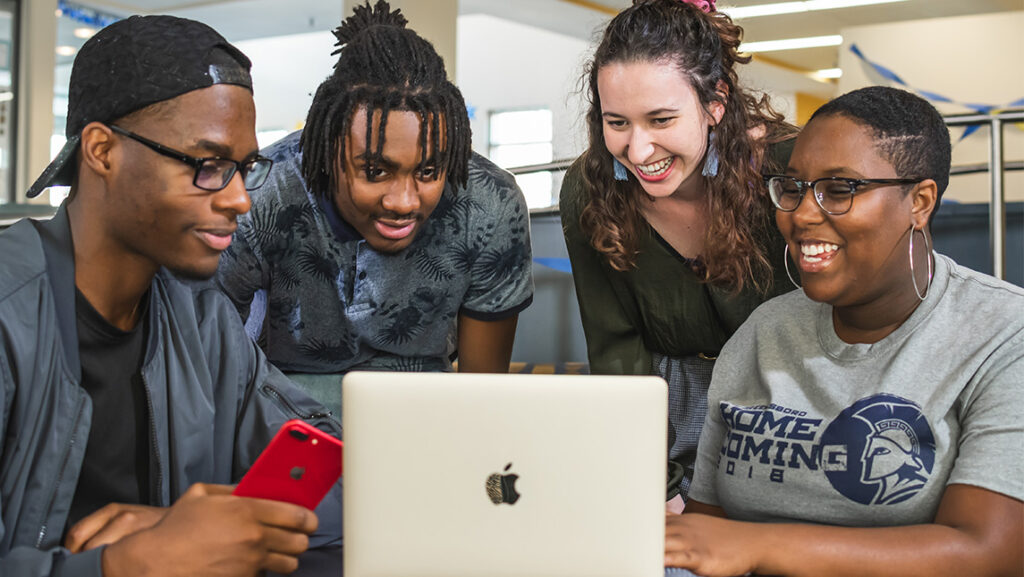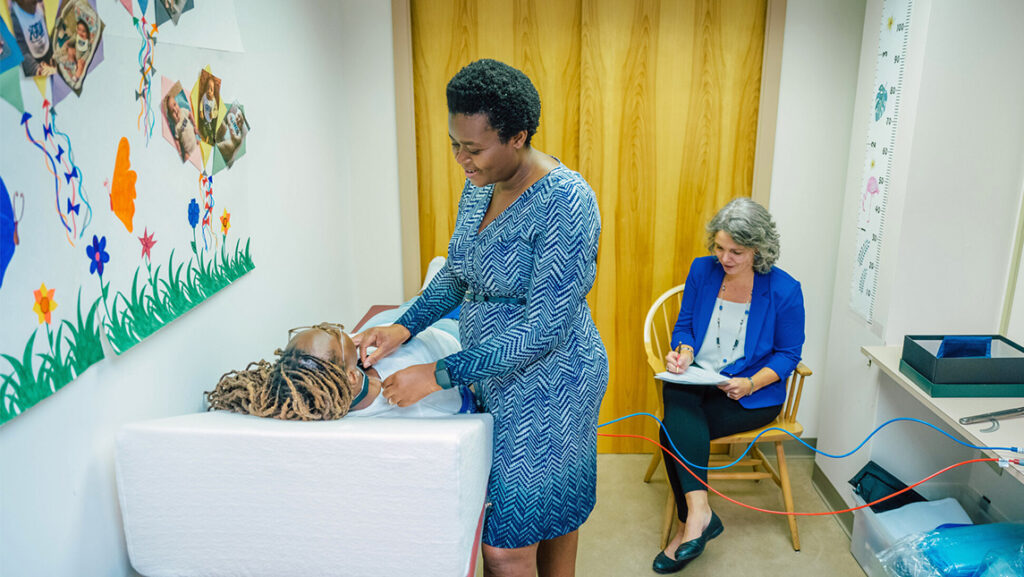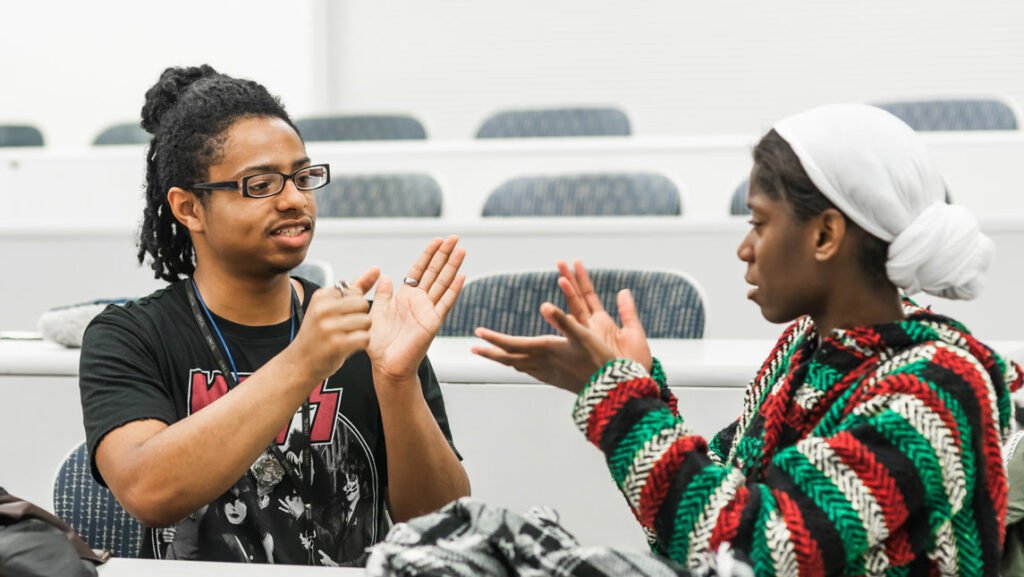
“CODA,” the groundbreaking film that won Best Picture this past Sunday at the Oscars – the Academy’s highest award – has a special significance for many UNC Greensboro students and faculty members across two different programs in the School of Education and in the College of Arts and Sciences.
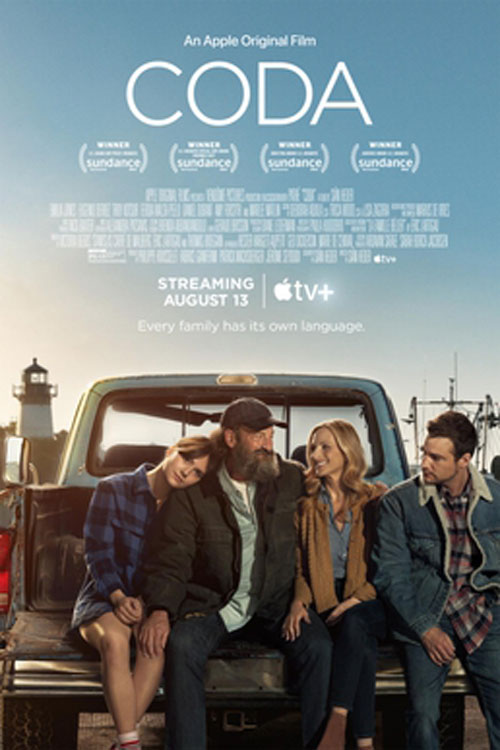
The film is “CODA,” an acronym for “child of a Deaf adult,” meaning a person who was raised by one or several deaf family members. The film – already honored with the Screen Actor’s Guild top honor, Golden Globe nominations, and an NAACP Image Award for Outstanding Independent Motion Picture – isn’t just unique in that it tells this type of life story, but in that many of the actors are Deaf rather than hearing people playing deaf people.
Many UNCG students, faculty, and alumni who most closely relate to the film are likely from the Professions in Deafness program – soon to be known as Interpreters, Deaf Education, and Advocacy in fall 2022. In the School of Education program, students choose from the three tracks and are fully prepared to serve the Deaf community in those areas when they graduate, including qualifying for interpreting licensure. It is the only school in the UNC System that fully prepares students for careers in interpreting, education, and advocacy for the Deaf.
But that’s not the only area of campus that has a focus on American Sign Language. In the Department of Languages, Literatures, and Cultures, several hundred students are also enrolled in ASL classes, many of them earning a minor as well as satisfying their language requirements. While their professions may not be specifically in serving the Deaf community, their knowledge and practice of the language makes them more prepared to approach the world with inclusivity front-of-mind and to interact with Deaf people.
Seeing Deaf culture succeed
Jaylen Ward is a first-year student in the Professions in Deafness program, and parts of the film were familiar to him because his grandmother, who cared for him as a child in addition to his parents, is deaf. The story of ‘CODA’ differs from his own in that he always felt very supported in leading his own life, and yet there is some similarity in that he did grow up in Deaf culture and helped his grandmother by interpreting when there was a need.
“I feel like it’s an important movie. ‘CODA’ actually portrayed sign language way better than some do with hearing actors. I feel that it’s a movie that all people should take a look at, just to see what other cultures go through. That’s a way to connect with the culture or to understand the culture, by watching films. And, you know, we shouldn’t think that Deaf people can’t do certain things. They can do everything that we can do as hearing people. In the movie, you see how valuable Deaf people are, that they should be in that spotlight too, and that we’re all human beings. The things we’re learning right now in the PID program you can also see in the movie – the signs, the structure of the signs, the brain processing speeds, context clues, and definitely facial expressions.”
For his career, Jaylen plans to follow in his mother’s footsteps and become an interpreter. He points out that there are few male interpreters compared to female interpreters, and that it is important for Deaf people to have access to interpreters that can appropriately express their gender identity in a variety of settings, since interpreters don’t just translate words but communicate emotion.
“I want to see the Deaf culture succeed in any way possible,” he says. “And I’m there to help.
Language and culture, together
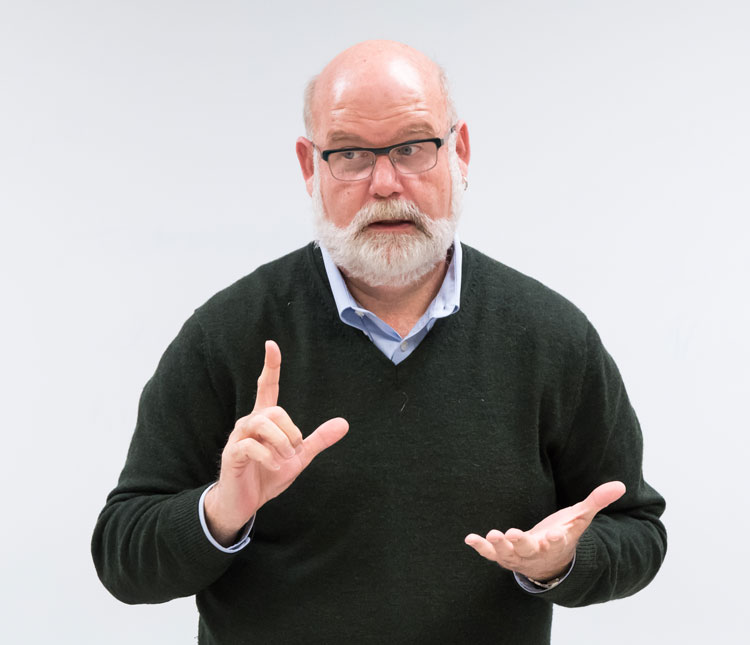
Sam Parker, who teaches in the Professions in Deafness program and also served as the head for a number of years is also a CODA who found he could relate to parts of the film. Like the main character in the film, American Sign Language was his first language, and growing up he helped his parents with interactions, appointments, phone calls, and even at home understanding what was happening on television shows.
“We didn’t have interpreters. We didn’t have captioning on the TV, that we now take for granted, he says. “Those things allow more accessibility for the Deaf community weren’t in place when I was growing up. So, often I had to interpret a TV show. The family’s watching Carol Burnett, and then at the commercial break, I tell them what they said that made it so funny.”
About CODA’s main character he says, “She showed a huge sense of duty and responsibility to the family to provide interpreting services, because there weren’t services available. I did have that experience myself. And when I say ‘duty,’ I’m not meaning it in a negative way in any way. That was my life. I took care of my family, and that’s just what we did.”
And, like the main character, who is a singer, Parker pursued an art form that his parents couldn’t fully appreciate – acting. However, his mother came to many of his performances, showing up for him even if she didn’t know what was being said in the plays.
“She was always there, oftentimes without interpreters,” says Parker. “It was a very different world back then.”
While signing and speaking or singing are not typically done at the same time, the character in “CODA” does do this for her family to help them enjoy her singing, just as Parker found himself speaking and signing for his parents when he gave a speech at his high school graduation.
“So, that was another moment of the film that really touched me,” he says.
Parker, like most CODAs, identifies as Deaf – with a capital “D,” which refers to not just the physical condition but the culture.
“They call that having a passport without a country. Because I can hear yet I was raised in the world by Deaf parents, and so I was immersed in this incredible experience that was shared with me, the language was shared with me, the culture was shared with me. And I do see the impact of that on myself as an adult. In our program, we prepare sign language interpreters; we also prepare advocates and teach the Deaf. So, because of that we are serving that population, and a big part of our training is immersive. The students are immersed in that language, and a big a part of that language and language production is the culture component, because you can’t separate language from culture – they’re there together.”
A life skill
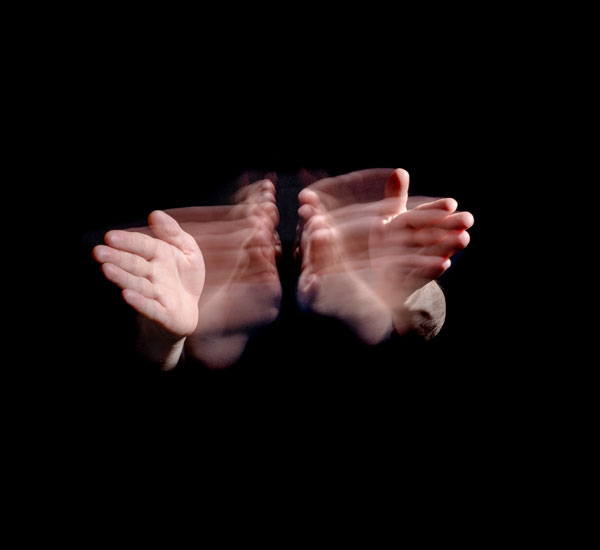
Sheena Wisnasky teaches ASL in the Department of Language, Literatures and Cultures in the College of Arts and Sciences. She is also a UNCG alumna who holds a master’s degree in education and a bachelor’s degree in interpreting from the Professions in Deafness Program. She is a CODA, who, with her sister, grew up embracing American Sign Language and Deaf culture, and helping her family navigate in a hearing world. She watched the film “CODA” with her family.
“We laughed and we cried, and we said, ‘Oh my gosh, yes, that has happened so many times,” she says. “Because if you’re CODA, it seems that everything in that movie has happened to you at least once. Because that’s just the life of being a child of deaf adults.
It’s definitely about relationships, because the main character – she has her relationship with her parents – but at the same time, she’s also trying to find herself, trying to figure out who she is. And her brother, who is Deaf, is doing the same thing, trying to be independent. And I think that’s part of the beauty of the movie: it shows that people can do everything. They can run a business, and they can do all these things –they just can’t hear. So, it’s just a lot about exploring and learning who you are and that independence and valuing individual differences.”
Wisnasky promoted the film among her UNCG students to fuel understanding and class discussions.
“It was filled with Deaf actors and actresses,” she explains. “It wasn’t just one who was sort of, in and out of the movie. It was all about them, and it was all about their life. I had several students choose to watch ‘CODA,” and their feedback on the movie was very positive. Everybody enjoyed it, and it was so real. And I explained to them that it was like watching my life. Hollywood has gotten a lot better about casting people are Deaf and members of the Deaf community. I think that that’s what makes this movie so full, and what makes it so real, that these people embody the Deaf community.”
Wisnasky teaches 100 or more students each semester in American Sign Language, which not only helps them earn their language requirement, but also gives them an inroad to a unique culture.
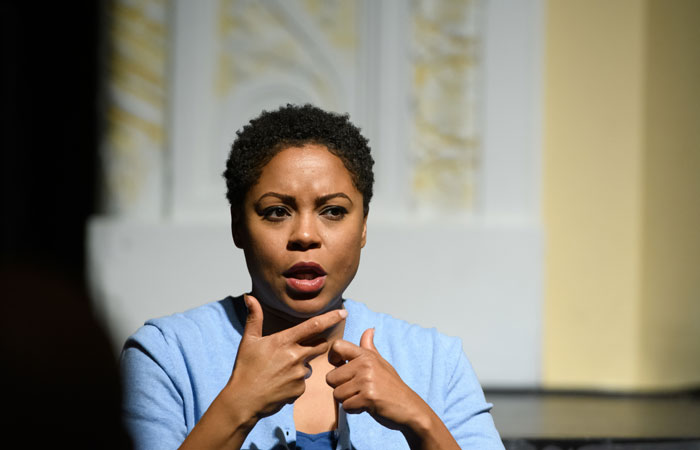
“I just really enjoy teaching the language, and exposing students to the culture,” says Wisnasky “That for me, is so meaningful: watching students get excited about learning the language and seeing just how inquisitive they are and how interested they are. And I like being able to share my life and my formative experiences with them. I know that there are a lot of students who want to learn a language but may struggle with learning a spoken language. And if that’s the case, I think that they should try ASL. Sometimes, being able to use your hands, body language, and facial expressions really helps in learning communication. And I really believe American Sign Language is a life skill.”
Story and interview by Susan Kirby-Smith, University Communications
Photography by Jiyoung Park and Martin W. Kane, University Communications
